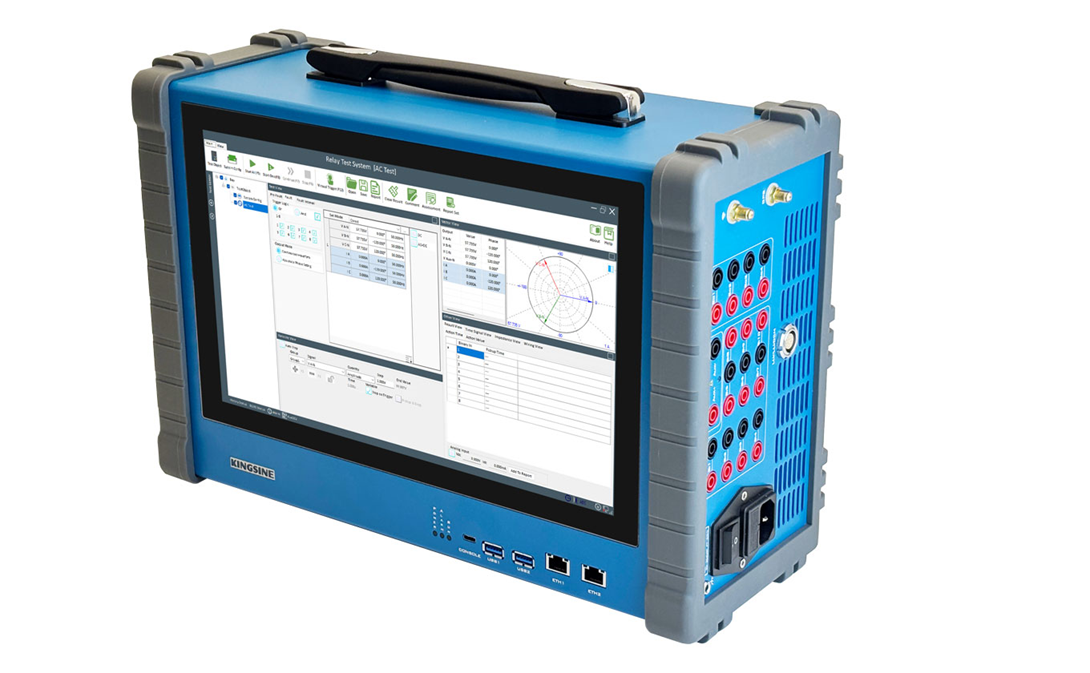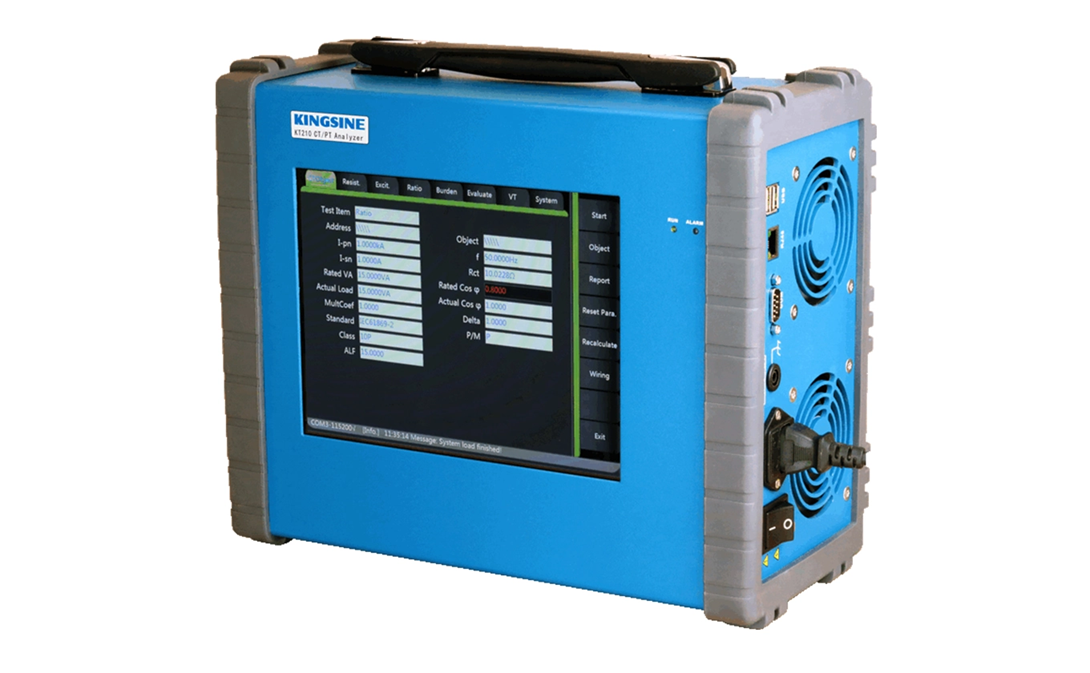Substation maintenance is one of the most critical practices for ensuring the safety, reliability, and efficiency of the power grid. Substations convert high-voltage electricity transmitted over long distances into lower, usable levels for homes, businesses, and industries. They also provide switching, protection, and control functions that keep electricity flowing without interruptions.
However, substations operate under constant electrical and environmental stress. Without proper testing and maintenance, even a single component failure—whether a transformer, circuit breaker, or protective relay—can cause blackouts, equipment damage, and costly downtime. This article explains the key substation maintenance procedures, the testing methods for major components, and modern trends in predictive monitoring.

Substation Maintenance Procedures
1. Factory Acceptance Tests (FATs)
Before shipment, factory acceptance testing ensures that substation components meet design and performance requirements. FATs typically include:
Transformer testing: winding resistance, insulation resistance, ratio and polarity checks.
Circuit breaker testing: contact resistance, mechanical operation, timing.
Relay testing: pickup and dropout characteristics, logic settings, function verification.
2. Site Acceptance Tests (SATs)
Once delivered, site acceptance tests confirm that equipment integrates correctly into the live grid. SATs validate electrical compatibility, grounding, wiring integrity, and operational reliability under field conditions.
3. Commissioning
Commissioning is a critical stage of substation testing before the facility goes into service. Activities include:
Cross-checking manufacturer data sheets
Inspecting for transport damage
Verifying interaction of old and new equipment in refurbishment projects
Load bank testing for transformer capacity
Comprehensive protection relay coordination studies
Best commissioning practices:
Benchmark test results to serve as a reference for future maintenance.
Test the entire protection scheme, not just individual devices.
Strive for ultra-high availability (99.99999%), limiting downtime to only a few seconds annually.
4. Preventive and Predictive Maintenance
Long-term reliability depends on a mix of preventive maintenance (scheduled inspections and tests) and predictive maintenance (real-time monitoring).
Preventive maintenance includes:
Annual or triennial transformer oil testing, insulation resistance, and winding resistance
Circuit breaker inspection, contact resistance checks, lubrication, and cleaning
Protective relay calibration and logic testing
Busbar thermography to detect hot spots
Predictive maintenance uses:
Dissolved Gas Analysis (DGA) in transformers
Partial discharge monitoring
IoT sensors for temperature, vibration, and load tracking
Data analytics to predict failures before they happen
5. Corrective Maintenance
Corrective maintenance addresses issues that arise unexpectedly, such as:
Replacing cracked or contaminated insulators
Repairing damaged wiring or connections
Overhauling circuit breaker mechanisms
Emergency replacement of failed transformer components
Substation Test Equipment and Methods
Protective Relay Testing
Relay testing guarantees that protection systems detect faults accurately and trip breakers at the right time. Common methods include:
Functional pickup/dropout testing
End-to-end scheme testing using simulated fault conditions
Logic verification for relay settings and interlocks
Relevant Standards: IEEE C37.90, IEC 60255.
Protective Relay Testing Equipment:
A professional protection relay test set is essential for verifying the performance of substation relays. The best relay testers must deliver high accuracy while remaining portable and easy to use.
KINGSINE’s relay tester is a true game changer in this field. With its built-in battery and intuitive software, it offers a true plug-and-play experience—no external power supply or computer connection is required. Weighing only about 3.8 kg, it is exceptionally lightweight, portable, and convenient for field engineers.

Circuit Breaker Testing
Circuit breaker testing ensures reliable fault interruption and safe switching operations. Methods include:
Timing Analysis: Confirms opening/closing times are within tolerance.
Primary Current Injection Tests: Validate trip mechanisms at real fault currents.
Secondary Injection Tests: Confirm relay coordination with breaker operation.
Relevant Standards: IEEE C37, IEC 62271.
Transformer Testing
Transformers are among the most expensive and vital substation assets. Key transformer testing methods include:
Relevant Standards: IEC 60076, IEEE C57.
KINGSINE’s CT/PT analyzer features a compact, portable design weighing only 8 kg, making it ideal for field testing in power systems, current transformer manufacturing facilities, or laboratory environments. It combines lightweight convenience with a wide range of powerful functions, offering outstanding performance and unique advantages for professionals in the industry. Click the link to know more details:
CT/PT analyzer.

Modern Trends in Substation Maintenance
Digital Substations: Adoption of IEC 61850-based communication for automation and remote monitoring.
Condition-Based Maintenance (CBM): Transition from fixed schedules to data-driven decisions.
Drones and Infrared Cameras: Remote inspection of high-voltage equipment.
Centralized Asset Management Software: Tracking of equipment health, test results, and predictive analytics.
Conclusion
Substation maintenance is not a one-time task but a continuous lifecycle responsibility. From factory acceptance to predictive monitoring, each phase ensures transformers, circuit breakers, and protective relays remain reliable. Utilities that adopt modern substation testing practices and embrace digital technologies can significantly reduce outages, extend asset lifespan, and deliver uninterrupted power supply to consumers.


